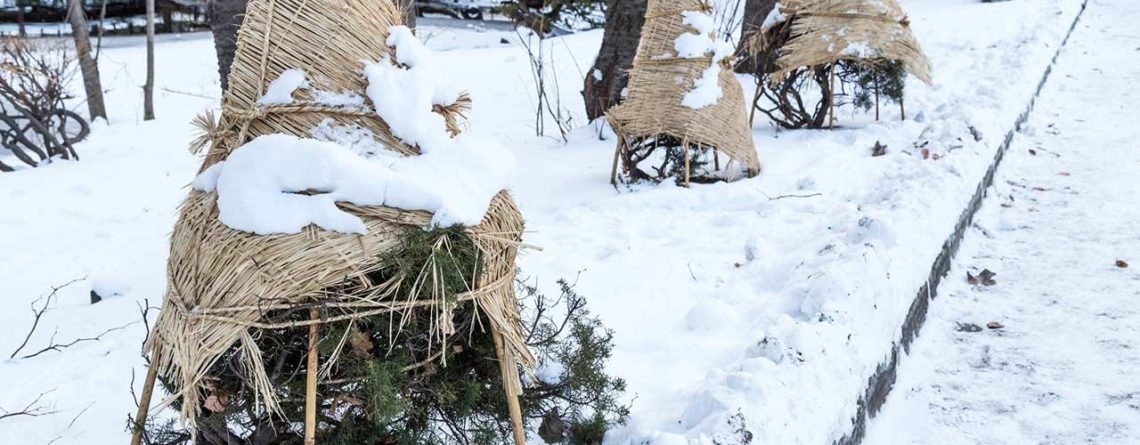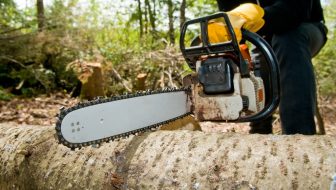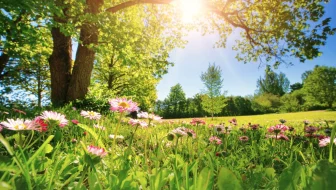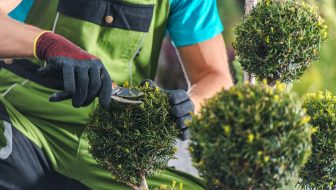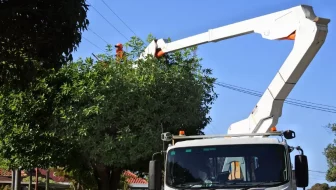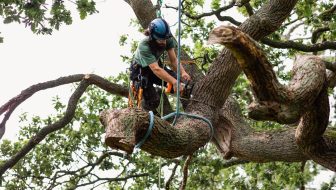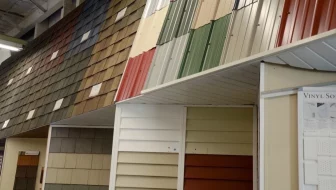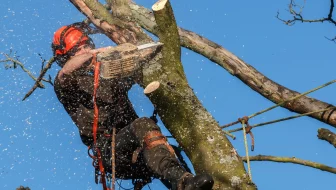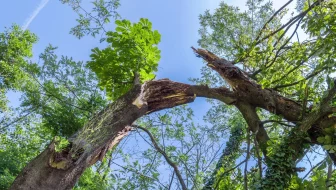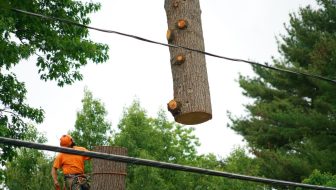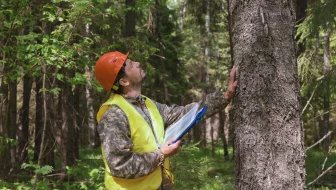As the temperatures drop and winter approaches, it’s essential to prepare your landscape—especially your trees—for the harsh weather ahead. In the Vancouver, WA and Portland metro area, winter storms, cold temperatures, wind, rain, and even snow can significantly impact the health and stability of your trees. Proper preparation not only protects your property but also ensures your trees remain healthy and resilient through the colder months.
At Timber TEKS, we specialize in seasonal tree care and maintenance, helping property owners across Vancouver, WA and Portland, OR safeguard their trees before winter strikes. In this guide, we’ll cover the steps you should take to prepare your trees for winter and how professional help can make all the difference.
🌳 Why Winter Tree Preparation Is Crucial in the Pacific Northwest
The Pacific Northwest has a unique climate that brings heavy rainfall, strong winds, and occasional freezing temperatures during winter. These conditions can weaken even healthy trees, making them more prone to:
- Broken or fallen branches
- Uprooting due to saturated soil
- Cracking from sudden freezes
- Disease spread and pest infestation during dormancy
- Hazardous conditions for people and property
Taking proactive steps now can prevent expensive emergency tree removal in Vancouver, WA or Portland, OR once winter storms arrive.
✅ Essential Steps to Prepare Your Trees for Winter
1. Schedule a Professional Tree Inspection
Before winter hits, it’s vital to assess the health and structure of your trees. A certified arborist can perform a hazard tree assessment to identify:
-
- Dead or dying limbs
- Signs of rot or disease
- Weak branch attachments
- Trees leaning dangerously or with unstable roots
Early identification of risks can help you take the right action—whether that’s trimming, cabling, or removing the tree altogether.
2. Prune and Trim Your Trees
Pruning is a key part of winter tree preparation. By removing dead, damaged, or weak branches before a storm hits, you reduce the chance of them breaking off and causing damage.
Benefits of winter pruning:
- Encourages healthy spring growth
- Improves tree structure
- Minimizes disease spread (since many pathogens are dormant)
- Reduces snow and ice load on limbs
Our team at Timber TEKS provides expert tree trimming and pruning in Vancouver, WA and Portland, tailored to your property’s needs.
3. Mulch Around the Base
Applying mulch in late fall helps protect tree roots from freezing temperatures and extreme moisture fluctuations. Use organic mulch 2-4 inches thick, keeping it a few inches away from the trunk to avoid rot. Mulch also improves soil structure and retains warmth.
4. Water Deeply Before the Ground Freezes
Trees still need hydration going into winter, especially evergreens. Deep watering in the late fall helps trees store moisture before the ground becomes too cold. This is especially important after a dry summer or fall, which is common in parts of Clark County, WA and the Portland metro area.
5. Protect Young or Sensitive Trees
Newly planted or vulnerable trees may need extra protection. Use tree wraps or burlap to shield trunks from frost cracks and sunscald. In windy areas like Ridgefield, WA or parts of East Portland, staking may be necessary to stabilize young trees during storms.
6. Remove Problematic Trees
Some trees may be beyond saving and pose a serious risk during winter. If your tree is severely diseased, damaged, or leaning, tree removal before winter is often the safest and most cost-effective option.
We specialize in safe, professional tree removal in Vancouver, WA and Portland, OR, using state-of-the-art equipment and industry best practices.
⚠️ The Importance of Emergency Preparedness
Even well-maintained trees can suffer damage in winter storms. Having a trusted provider like Timber TEKS on call for emergency tree removal ensures fast response times when you need them most.
Common winter emergencies include:
- Trees or limbs falling on roofs, driveways, or power lines
- Uprooted trees due to heavy rain and saturated soil
- Broken limbs hanging dangerously over public areas
Our team is trained to handle urgent situations safely and efficiently, 24/7.
🌲 Local Expertise Matters
When you hire a local tree service company in Vancouver, WA or Portland, you’re choosing experts who understand the regional climate, soil conditions, and native species. We’re not just tree care professionals—we’re your neighbors, and we care about keeping our communities safe and beautiful.
At Timber TEKS, we’re proud to serve:
- Vancouver, WA
- Camas, WA
- Ridgefield, WA
- Battle Ground, WA
- Portland, OR
- Gresham, OR
- Beaverton, OR
- Lake Oswego, OR
- And surrounding areas
📅 Best Time for Winter Tree Preparation
Late October through early December is the ideal time to prepare your trees for winter. The sooner you act, the better protected your trees will be from storms, cold snaps, and excess moisture.
Don’t wait until it’s too late—contact Timber TEKS to schedule your inspection and winter tree care today!
📞 Ready to Winter-Proof Your Trees?
If you’re located in Vancouver, WA, Portland, OR, or the surrounding region, let Timber TEKS help you safeguard your landscape with expert seasonal care. Our certified arborists and skilled technicians are ready to provide trimming, pruning, removal, and more to ensure your trees thrive year-round.
👉 Contact us today to book your winter tree inspection and get a custom care plan!

